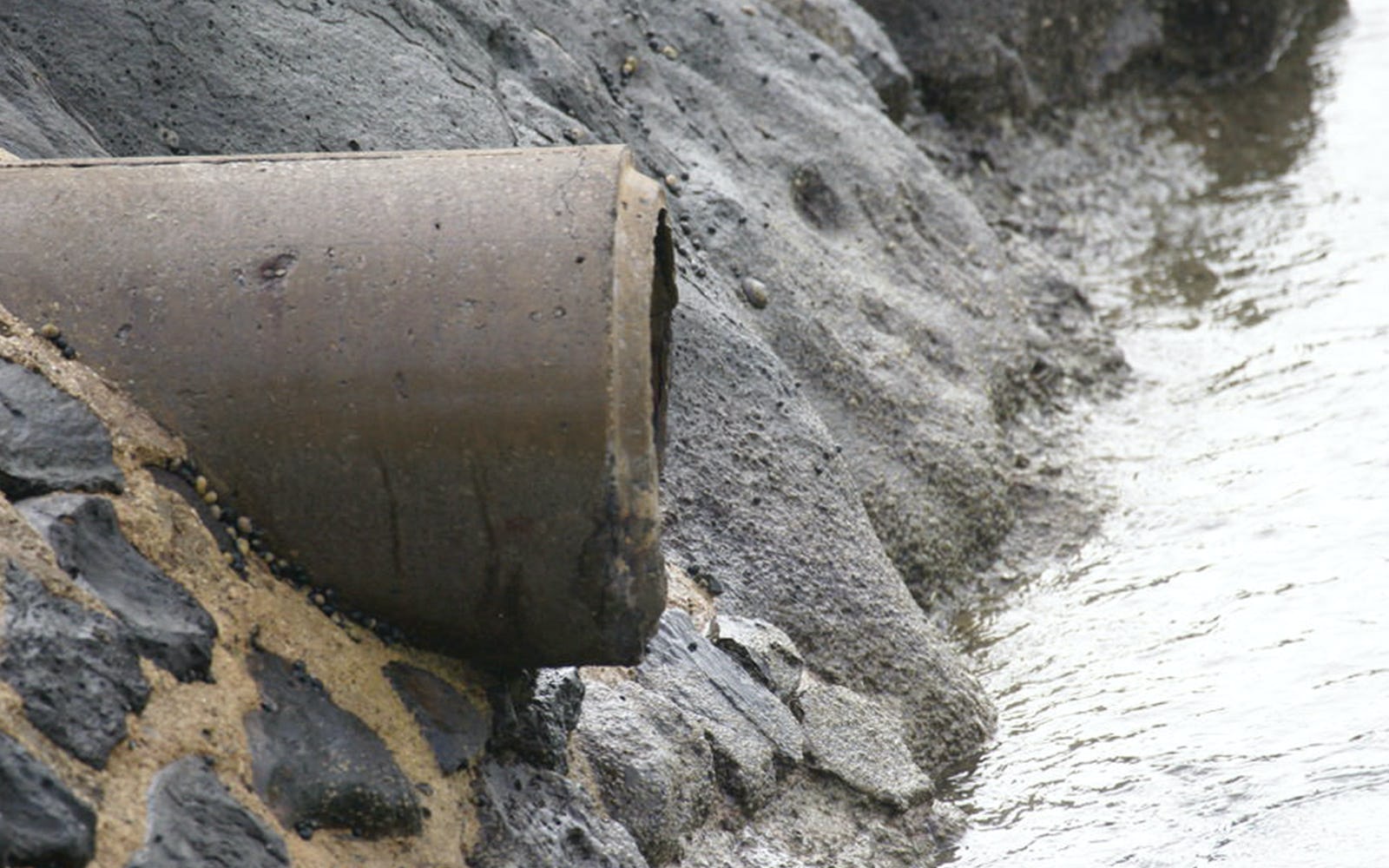Oct 24, 2018

MS4 stands for Municipal Separate Storm Sewer System. It’s a public network of structures that convey storm water, usually to a stream or the ocean. An MS4 is not like the sewer system which is designed to treat sewage. In short, an MS4 is a permitted storm water drainage system.
“Huh?” you say. Let’s start at the beginning.
A Little History
The Federal Water Pollution Control Act was first enacted in 1948. Although it was not a particularly effective bill, it was the first major legislation in the U.S. to address increasing water pollution. In 1972, significant amendments were added to the act leading to the creation of the Environmental Protection Agency (EPA) and the Clean Water Act. The need for these amendments had become clear to legislators and the general public after events such as the Cuyahoga River fires. The sight of a river so full of pollution that it caught fire 13 times between 1968 and 1969 made it clear that something needed to be done to protect streams, lakes, rivers, and the ocean.
The Clean Water Act gives the EPA authority to set water quality standards and establish pollution control programs. The act also made it illegal for anyone to discharge any pollutants to U.S. waters unless a permit is first obtained. The necessary permit is called a National Pollutant Discharge Elimination System (NPDES) permit which allows a permittee to discharge to a stream or the ocean, but also requires that permittee to have procedures and practices in place that will reduce or eliminate pollution.
While the Clean Water Act was originally focused on industrial facilities and sewage treatment facilities, it is now applicable to everyone including individuals, businesses, industrial facilities, construction projects, and storm drain systems.
Why does a Storm Drain System need a permit?
A storm drain system is a collection of inlets and pipes that are intended to help prevent flooding by directing rain water away from paved areas and into nearby waterbodies such as streams or the ocean. Unlike a sanitary sewer system that treats sewage water before discharging it, a municipal storm drain system does not treat water. Storm drain systems simply channel water. This is why it’s so important to make sure that nothing goes into the storm drain except rain water.
The EPA has delegated authority to the State of Hawaii, Department of Health, Clean Water Branch to issue NPDES permits. Not every business or activity requires a NPDES permit. EPA and DOH only require permits for those activities that have been identified by regulations as having potential to cause pollution or exceed water quality standards when proper prevention practices are not in place. Examples include construction projects that disturb over 1-acre, industrial facilities, sewage treatment plants, etc.
Phase I of the NPDES MS4 program applies to medium and large cities and/or counties with populations over 100,000 such as the City and County of Honolulu. Phase II of the NPDES MS4 program mandates that drainage systems owned by public entities in “urbanized areas” (determined by the U.S. Census Bureau) also become permitted as a small facility. In response to the 2010 census, Kahului is now considered an urbanized area. For this reason, storm drain systems in the greater Kahului area now must have a type of NPDES permit called a Small MS4 permit.
What does a NPDES permit require?
An NPDES permit requires that the owner of the permitted system has a plan to reduce or eliminate pollution that storm water might transport through the storm drain network. That plan is called a Storm Water Management Plan (SWMP). Read more about the State of Hawaii, Department of Transportation, Highways and Harbors Divisions, Maui District plan. HDOT is committed to keeping our streams, harbors, and oceans clean and we hope you are too.

